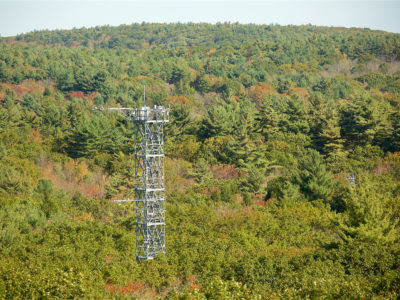
Carbon Uptake Exceeds Expectations
Carbon Uptake Exceeds Expectations
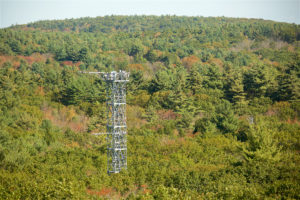
Photo shows the NEON and EMS towers as viewed from the Harvard Forest walk-up tower.
Credit: David R. Foster- Harvard Forest Archives
Contradictory to theoretical models, forest carbon uptake has accelerated over recent decades in maturing forests, a legacy of 19th century land use, and to a lesser degree, modern increases in atmospheric CO2, nitrogen deposition, temperature, and precipitation. This and many other insights into forest ecosystem function have resulted from sustained measurements of biosphere-atmosphere exchanges at HFR’s Environmental Monitoring Site (EMS) eddy flux tower, which provides the world’s longest record of CO2 fluxes in a forest ecosystem. It is also the founding prototype for the AmeriFlux network and National Ecological Observation Network (NEON).
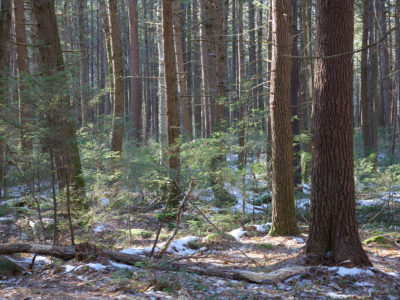
Hemlock is a Foundation Species
Hemlock is a Foundation Species
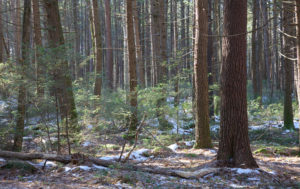
The hemlock forest, as seen from the Woods Road to the tower.
Credit: David R. Foster- Harvard Forest Archives
Three decades of research on abrupt declines in pre-European hemlock populations, long term regional measurements of hemlock decline from the invasive insect hemlock woolly adelgid, and the long term Hemlock Removal Experiment confirm that hemlocks are a foundation species. They control forest structure, composition, and microclimate, with cascading trophic effects extending from mammals to microbes. As invasive insects proliferate across North America, HFR LTER is developing a generalizable understanding of population, community, and ecosystem level responses.
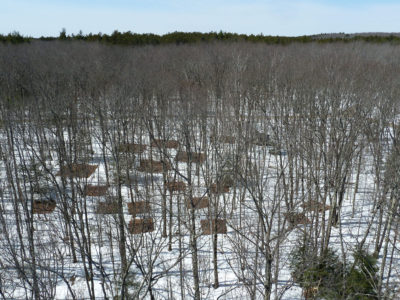
Microbes Respond to Global Change
Microbes Respond to Global Change
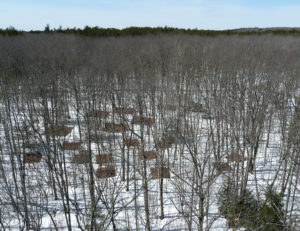
The soil warming plots at Harvard Forest viewed from atop an adjacent research tower.
Credit: Audrey Barker Plotkin- Harvard Forest Archives
Decades of experimental soil warming and nitrogen enrichment have induced adaptive responses in microbial communities, abruptly shifting soil carbon dynamics. The experiments have revealed phased responses to warming, oscillating between multi year periods of significant soil carbon loss and phases of no carbon loss.
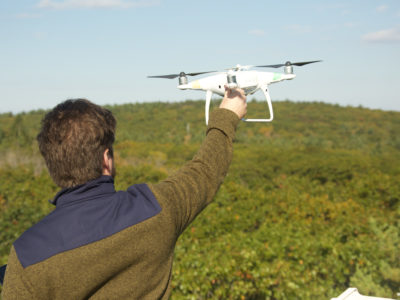
Spring is Arriving Earlier
Spring is Arriving Earlier

Postdoctoral fellow David Basler releases his drone from the top of Harvard Forest’s walk-up tower.
Credit: David R. Foster- Harvard Forest Archives
Over the last 30 years, spring phenology has advanced across eastern North America, increasing photosynthesis and net ecosystem carbon storage, with a small negative feedback to climate change. Beginning in 1990 as a biannual pen-and-paper record of bud break and leaf fall, HFR LTER launched the PhenoCam Network in 2008, a continental scale observatory of digital imagery tracking phenology at fine spatial and temporal scales.










